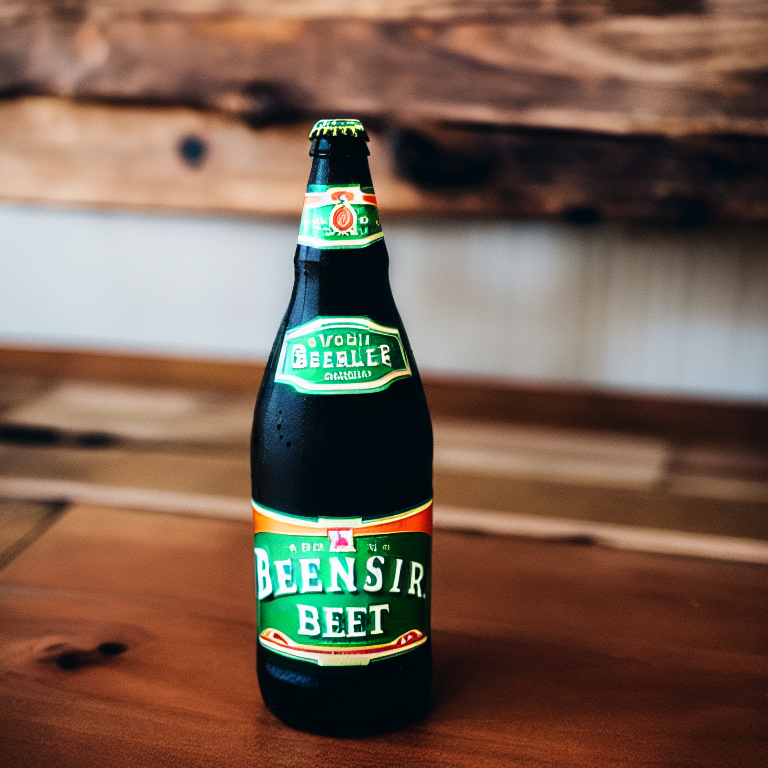As seen in some of my previous slides, AI has become a vital part of my business. From finding and...
The Computer Did It
For my latest blog post on all things AI in Marketing, I decided to look at stockimg.ai. In layperson terms, stockimg.ai (and many similar APIs) is a virtual version of Getty Images. Rather than storing millions of real photographs, the AI creates composite images from the millions that it "sees". So when your prompt yields a picture of a group of colleagues brainstorming in a conference room, neither the people nor the conference room exist in the real world. Like MidJourney, that I reviewed a couple of weeks ago, stockimg.ai uses AI to "imagine" a one-of-a-kind photo from all the photos on the internet.
For this test I decided to try to create an ad entirely from AI-generated stock. To be true to my brand, I decided to invent and advertise an English brand of beer. The concept was an English beer that could bring the English pub experience home anywhere in the world.
My first prompt was "a quaint English pub with outside seating". One way to detect AI-generated photos is to look for "glitches in the matrix" -- (usually) small errors in physics. So, in my pub image look at the top left window, or the cross-braces on the chair legs. While it will eventually get there, AI Stock is still far from production ready and so will really only work for comps and similar experimental uses for the time being.
.jpg)
Next I needed a pint of beer, but here's where specificity becomes important. My prompt was "a single pint of IPA in a tulip glass" (The AI tends to put multiple items in its compositions and even with this prompt gave me two!) Next I needed the "brand" in the form of a bottle, prompted as "a single full bottle of beer". Note that AI stock and image generation apps do not typically provide real copy -- usually names, brands, and other words are in the form of random letters or greek. BEENSIR BEET is about as close to a readable pair of words as you'll get. One last note on the stock search is that it's very hit and miss, and occasionally even produces a kind of Frankenstein's monster image where the AI has just had a complete composition fail. Note the third image below that is neither a bottle nor can of beer!



I also created a table surface for the beer and then assembled the ad. Now first of all, I am NOT an art director or designer -- I used PowerPoint to assemble the ad for goodness sake! So, believe me, I know is is a terrible piece of advertising. The experiment was just to see if an entire advertising composition could be assembled from AI-created images. And of course, it can.
Just to stay true to the process I leaned on the GPT4 app that I reviewed last week to write copy. I gave copy.ai the prompt of "Ad copy for a British beer that tastes like it's straight from the pub" with a "whitty" tonality, and then did the same for the tagline. I kept the weird name just for the heck of it. BeenSir Beer sounds vaguely Englishy!
So, here's the AI generated ad. It's not going to win at Cannes but it's still pretty amazing that none of the images exist in the real world, and a human did not write the copy. In the next installment we will go a little further down the rabbit hole when I have 3M's Visual Attention Software (VAS) tell us where people's eyes go on the ad without actually showing it to any people!




